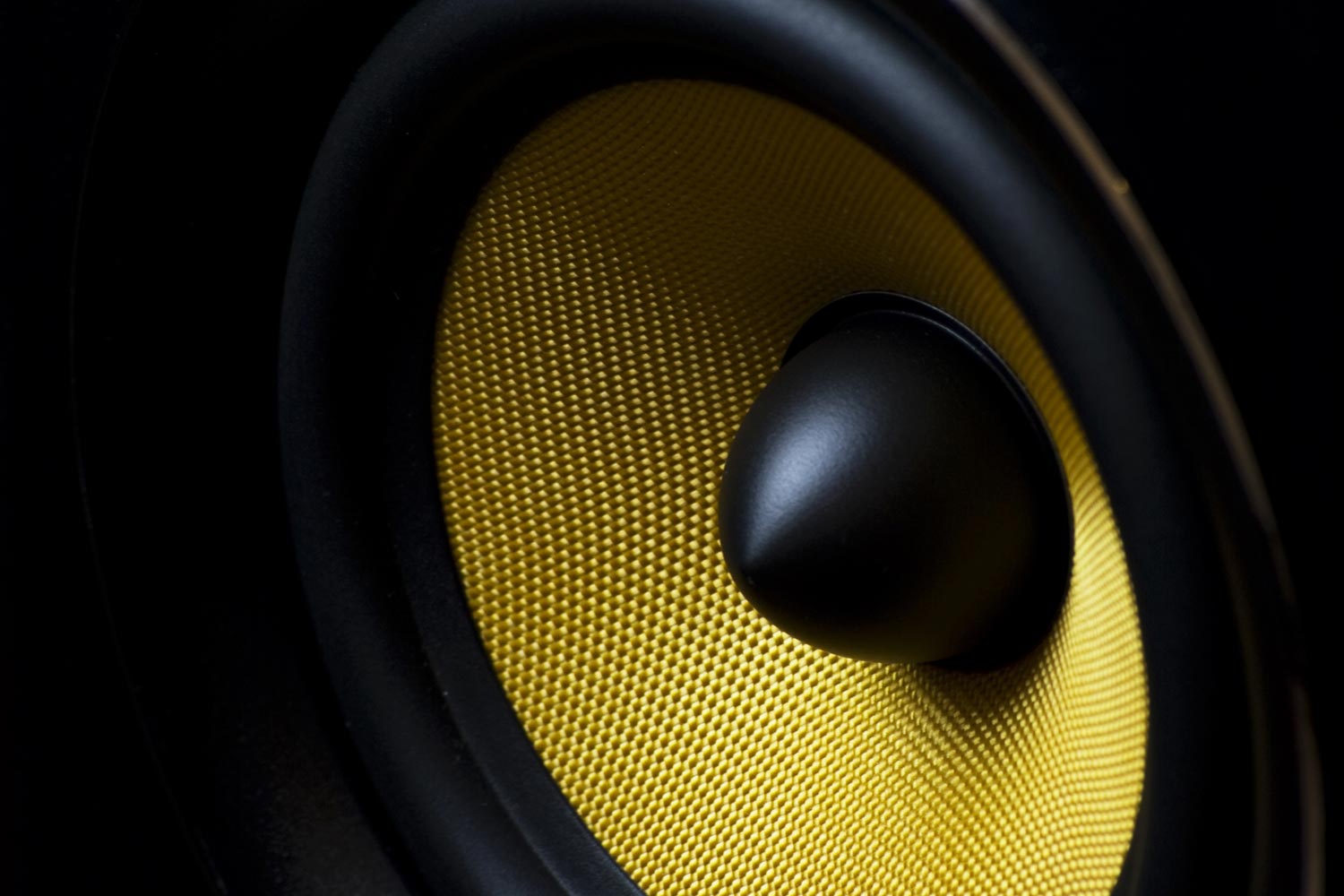OP
Deleted member 48437
Guest
- Thread Starter
- #41
Hey, the OP lead me to a new thought. What if the problem I am experiencing is resolution? What if the Cambridge CXN was able to decode higher (in reality not spec) than the internal dac on the new EVO 150? Is there a way to measure that?
Tomorrow I will plug in a CD player or my NAS and check that!
My brother says his music sounds like he is in the front row. He used an Arender, USB to high res re-timer then a PS-A dac. He uses an older high power McIntosh and Celestions. A light is coming on that this just cd be the culprit??

